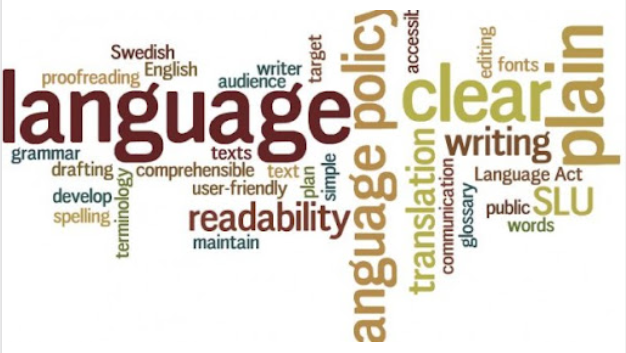QUANTUM COMPUTING AND BLOCKCHAIN SECURITY: A CRITICAL ASSESSMENT OF CRYPTOGRAPHIC VULNERABILITIES AND POST-QUANTUM MIGRATION STRATEGIES
Keywords:
Quantum Computing, Blockchain Security, Post-Quantum Cryptography, Shor’s Algorithm, Grover’s Algorithm, Cryptographic VulnerabilityAbstract
This paper examines the growing threat that quantum computing presents to blockchain security. Core blockchain cryptographic frameworks, specifically the Elliptic Curve Digital Signature Algorithm and the Secure Hash Algorithm 256, are vulnerable to quantum algorithms. Both the Shor algorithm and the Grover algorithm are capable of breaking the Elliptic Curve Digital Signature Algorithm, enabling attackers to calculate private keys from public keys, while the Grover algorithm can also compromise hash-based systems that depend on brute-force methods, such as Proof-of-Work. On-chain analysis indicates that billions of dollars’ worth of crypto-assets are held in addresses susceptible to these quantum attacks. A proposed countermeasure is migration to Post-Quantum Cryptography, which incorporates quantum-resistant algorithms, such as CRYSTALS-Dilithium and Falcon. However, this migration introduces a trilemma among network security, decentralization, and performance. Post-Quantum Cryptography algorithms significantly increase transaction sizes and computational costs, which pose economic and technical challenges for large blockchain networks. The paper further discusses how the timeline for quantum advancements will be shaped by geopolitical competition, and how the catch-the-crop, decrypt-later strategy puts current data at risk from future quantum decryption. It emphasizes that active migration to Post-Quantum Cryptography is urgent, calling on stakeholders to prioritize system audits, transition to cryptographically flexible infrastructures, promote research into quantum-resistant solutions, and establish governance frameworks that enable prompt and decentralized upgrades.

















